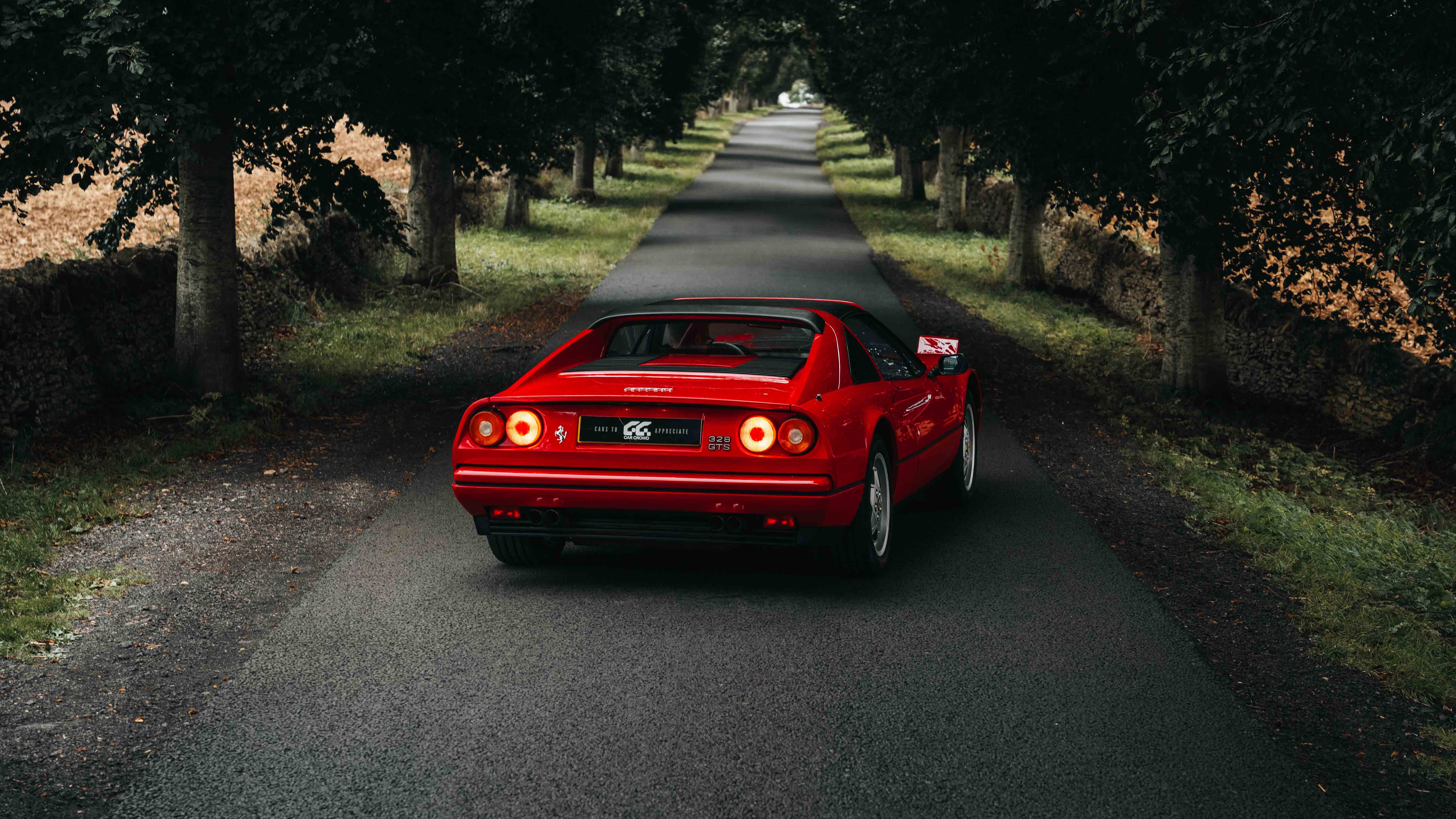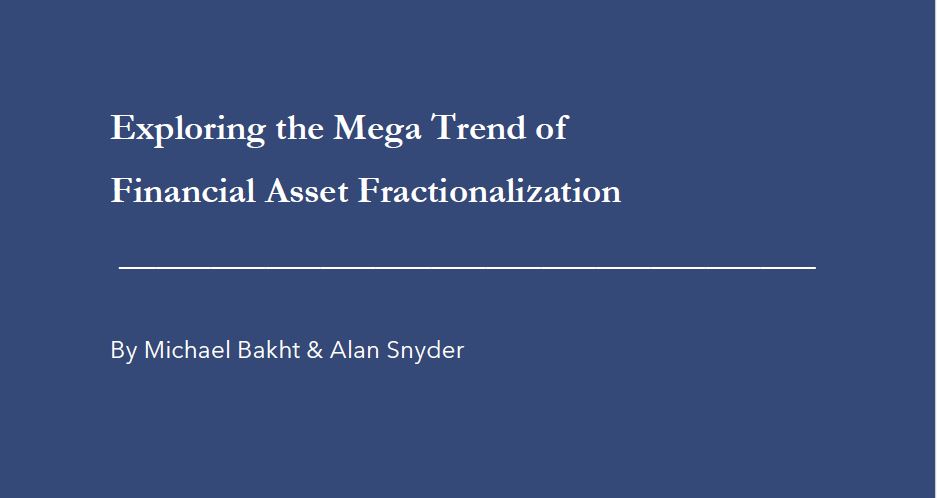When a Ferrari crosses the block, something electric happens. Prices surge, paddles fly, and in seconds, decades of engineering, passion, and prestige translate into millions. But behind that drama lies data- and for investors, those insights are everything.
To understand these dynamics, it helps to explore the Classic Automobiles investment direction on aShareX - a curated gateway into the world of collectible cars, combining market intelligence, fractional access, and transparent auction mechanics.
In this piece, we decode what truly makes a Ferrari auction spike - why certain models ignite bidding frenzies while others glide quietly under the radar. More importantly, we’ll reveal how data, sentiment, and scarcity intersect to create value, and how aShareX’s fractional auction model allows investors to capture that upside with discipline and insight.
The Ferrari Effect — Why the Maranello Badge Still Rules the Block
For over seven decades, Ferrari has symbolized perfection - an apex blend of performance, design, and rarity. From the 250 GTO to the LaFerrari, the brand has transcended automotive value to become a cultural currency. In auctions, that heritage translates directly into price spikes.
According to Hagerty’s Collector Car Index, Ferraris represent six of the top ten most expensive cars ever sold at auction. This isn’t random chance—it’s the result of deep emotional equity. Ferrari auctions trigger a primal response: nostalgia, status, and scarcity converging at once.
But emotion alone doesn’t drive the spike. Smart investors understand that every record-breaking Ferrari sale rests on three analytical pillars: market timing, rarity index, and buyer sentiment velocity.
Decoding the Data Behind Ferrari Auction Spikes
Timing and Macro Sentiment
Auction timing matters. Ferrari auction spikes frequently align with macroeconomic optimism or liquidity events in other markets.
For instance, in 2021, amid booming equities and post-pandemic spending, Ferrari auction prices rose over 35% year-on-year. Data showed a correlation between S&P 500 gains and collector car price momentum, suggesting affluent investors viewed Ferraris as a hedge against market volatility.
Scarcity and Supply Shock
Ferrari produced limited quantities of most models. For example, only 7,400 Ferrari 328 GTS units were ever built, and far fewer remain in concours condition. When ultra-low-mileage examples appear - such as the upcoming 1,350-mile model on aShareX, the supply-demand equation becomes explosive.
Historical auction records show that cars with sub-5,000miles have realized premiums exceeding 60% compared to average-mileage counterparts.
Provenance and Documentation
Collectors and fractional investors alike now demand data-backed provenance - ownership history, maintenance records, and certification from Ferrari Classiche. Vehicles with verified provenance outperform those without by up to 40% at auction. aShareX’s due diligence framework ensures that every asset, whether fully or fractionally bid, meets this standard, reinforcing investor confidence.
Behavioral Economics of the Ferrari Auction Spike
The Power of Signaling
High-stakes auctions often follow signaling dynamics. When an elite collector bids aggressively on a rare Ferrari, it signals market confidence, triggering competitive mimicry. Fractional platforms like aShareX make this dynamic accessible - allowing collective intelligence to amplify opportunity rather than emotion.
Emotional Anchors and Heritage Bias
Ferrari carries what economists call “heritage bias”—a valuation premium attached to legacy. Investors are willing to pay more for what Ferrari represents: Italian craftsmanship, motorsport dominance, and timeless aesthetics.
In behavioral data analysis from recent RM Sotheby’s and Gooding & Co. events, Ferraris with direct racing lineage or period-correct restoration commanded average premiums of 28% over similar models without such provenance.
Fractional Access, Full Insight — aShareX’s Data Advantage
aShareX brings institutional-grade intelligence to individual investors. Its data-driven auction engine aggregates historical performance metrics, sentiment tracking, and real-time bidding analytics.
When investors participate in a Ferrari auction on aShareX, they’re not just buying passion - they’re leveraging precision. The platform’s transparency means every investor can see valuation trajectories, historical comps, and bidding dynamics in real time.
This democratization of data is pivotal. It transforms what was once a niche collector’s pursuit into a measurable, investable asset class.
Case Study — How Ferrari 250 GTO Sales Redefined the Market
The Ferrari 250 GTO has long served as a benchmark for collector car valuation. In 2018, one sold for $48.4 million at RMSotheby’s, marking a watershed for automotive assets.
What drove the spike?
- Rarity: Only 36 ever built.
- Racing Pedigree: Proven Le Mans history.
- Market Timing: Post-2017 global liquidity surge.
- Cultural Iconography: Universally recognized status symbol.
Each of these drivers - rarity, provenance, sentiment - are the same forces observable in every Ferrari auction spike, from the Daytona to the 328 GTS.
Lessons for Investors — How to Anticipate and Act
For investors seeking exposure to automotive assets:
- Study Rarity Metrics: Production numbers, surviving examples, and condition ratings.
- Monitor Sentiment Cycles: Social media mentions and collector forums often preface auction activity.
- Diversify Fractionally: aShareX allows you to participate across multiple Ferraris—spreading exposure across model years and market cycles.
- Use Platform Insights: Leverage aShareX’s live data feeds and valuation history to bid strategically.
Beyond the Hammer — What Ferrari Auctions Reveal About Alternative Investments
Ferrari auctions exemplify a broader trend: alternative assets are becoming data-transparent. Where once markets relied on whispers and reputation, platforms like aShareX now provide verifiable analytics, custody assurance, and SEC-aligned governance.
The result? Emotional assets gain institutional credibility, merging passion and precision in a way that appeals to the next generation of investors.
FAQs — Understanding Ferrari Auction Dynamics
Q1: Why do Ferrari auctions often exceed pre-sale estimates?
Because emotional momentum builds during live bidding, especially for rare, low-mileage examples. When demand concentration exceeds supply visibility, prices spike dramatically.
Q2: How does fractional bidding affect price discovery?
Fractional bidding increases participation volume, tightening spreads between valuations and realized prices—creating more accurate market efficiency.
Q3: Which Ferrari models show the strongest auction resilience?
Models with limited production, classic design, and motorsport heritage—like the 328 GTS, F40, and 250 GTO—historically show the most consistent appreciation.
Q4: Can data really predict an auction spike?
While no model is perfect, multi-variable data (sentiment, rarity, and liquidity correlation) can forecast high-probability bidding events.
Q5: How does aShareX safeguard investor trust during auctions?
By enforcing transparent custody, SEC compliance, and full data disclosure throughout the fractional and full bidding process.
Q6: What’s next for Ferrari auctions on aShareX?
Upcoming listings, like the Ferrari 328 GTS, will illustrate how hybrid bidding—fractional meets full—reshapes market behavior and investor access.
The Science of the Spike
Ferrari auction spikes are not just moments of passion—they are data-driven inflection points where sentiment meets scarcity.
With aShareX, investors can now engage those moments intelligently—armed with transparency, analytics, and fractional access to icons that once felt untouchable.
The future of automotive investing isn’t about who has the deepest pockets—it’s about who understands the data best.









Leave a Comment